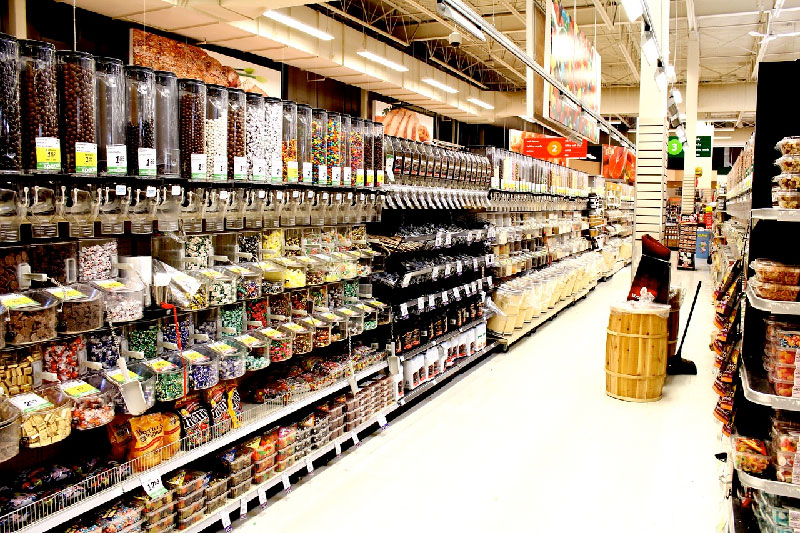2017 Food Trends & Insights

The ANUGA food and beverage show in Germany this month highlighted several emerging trends in the global food and beverage industry. Some of the same trends which appeared recently in the U.S. are now beginning to flourish in Western Europe. Others have originated in Europe, Asia or the Middle East and are making their way to the U.S. market. Having recently travelled extensively in the Middle East, these same trends are accelerating and consumers are demanding healthy, low-sugar, low-calorie products. It is important, therefore, to understand the direction global consumers are moving toward to develop successful new products in home markets. In addition, understanding consumer demographics in foreign markets assists in determining strategies for export sales growth.

Plant ingredients used as alternative protein sources
- Dairy alternatives growing at +20% CAGR from 2012-2016, a $16.3B category by 2018
- 27% of Germans consider dairy alternative drinks a “good source of protein”
- Meat substitutes growing at +14% CAGR
- Product launches with a vegan positioning grew 25% last year
Sports nutrition ingredients entering mainstream F&B
- “Sports & Recovery” claims growing at +19% CAGR (2012-2016)
- +14% growth in “Energy/alertness” claims in F&B launches
- “High/source of protein” claims up +27% in the same period
Superfood ingredients attract the attention of healthy lifestyle consumers
- 20%+ Germans interested in hemp milk
- New F&B products with a “superfood” claim up +47%
- “Super fruit” claims up only +15%
“Gut health” and “free from” movement provides opportunities for F&B products
- Digestive health claim launches up +25%
- 1/3 of consumers “very interested” in digestive health
Botanical ingredients such as herbs and berries meet consumer demand for healthy beverages
- +88% increase in soft drinks with a “craft” claim
- Soft drink launches container ginger up +47%
Indulgent, premium dairy products are thriving
- U.S. consumers increased dairy consumption by 25% vs. LY
- 27% of Germans think of yogurt as their typical “morning snack”
- Healthy, convenient snacks gaining shelf space
- 31% increase in new snack launches with high/source of fiber claim
- Energy/alertness claims up +31% vs. LY
- Mexican consumers have increased their consumption of snack foods by 35% because of health, variety and novelty
Premiumization & indulgence are key strategies for confectionery launches
- The Western European confectionery category will exceed Euro 50B in 2018 (US$58B)
- 60% of European consumers buy confectionery/sugar on every grocery trip
- Single origin/estate claims within chocolate category increased 48% (2012-2016)
Ready meals now defined by “flexitarians” – legumes, pulses & pea proteins
- 21% of Russian consumers demand “made with real ingredients”
- High/source of fiber contributed +22% growth LY to new global ready meal category launches
Gluten-free growing in the United Kingdom
- 15% of UK consumers buy gluten-free products because they are “better for me”
- In Europe, new products with a gluten-free claim grew from 7% in 2012 to 15% in 2016
Low Sugar Claims are in Demand
- Growth in global F&B launches with a “low sugar” claim enjoyed a CAGR of +28% from 2012 to 2016
U.S. food and beverage brands enjoy a competitive advantage worldwide due to their economies of scale, being at the forefront of new taste and packaging trends, and having a wide variety of ingredients available to them. While there are also disadvantages such as distance to foreign markets and high freight costs, U.S. companies can compete effectively in foreign markets. There are low-cost means of gaining market share in export markets such as cross-border e-commerce sales channels. U.S. brands may do well by selling against foreign competitors in their markets rather than in your own backyard.

